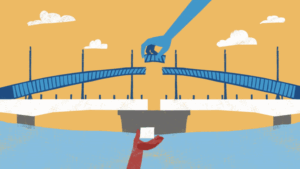Last week’s doodling journey took a fun twist♥♥ — it’s like everywhere I look, the world is showing me doodles! It feels as if now that I’ve chosen this as my learning project, my eyes have started catching every line, swirl, and scribble that I earlier missed.
Activities Last Week
After deciding to learn doodling, I’ve been paying attention to how doodles are used in everyday design — from packaging to apps to traditional art forms. This week, I didn’t just draw; I observed doodles in action all around me.
It all started with a trip to McDonald’s. I was missing my favorite McVeggie Burger — it’s a vegetarian burger we get in India, but not here in Canada (still hurts, honestly!). When I visited a McDonald’s here recently, the paper bag caught my attention — it had doodle art all over it! I forgot about the missing burger for a second because my eyes were glued to the artwork. The playful sketches, random objects, and curvy lines made me realize how much doodling has entered modern branding and marketing.
That little discovery gave me my next idea — to recreate a doodle inspired by the McDonald’s bag. I’m planning to try it my next drawing project!

Doodles Hidden in Everyday Apps
Then came another “aha” moment — when I opened WhatsApp. I’ve been using it for more than a decade, but I only just realized that its default chat wallpaper is filled with doodles! Planets, chat bubbles, clocks, emojis — all scattered around like mini artworks. I laughed at myself — how did I never notice this before? Maybe I didn’t have a doodler’s eye back then. Now, even a simple wallpaper feels like inspiration.

Doodling in Tradition: The Beauty of Henna
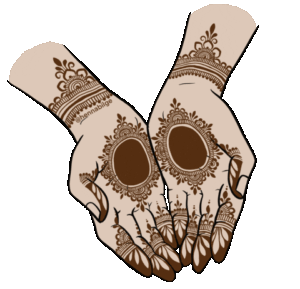 And since this week is special — we Indian married women are preparing for Karwa Chauth — my feed is full of mehndi (henna) designs. While scrolling through Instagram, saving my favorite patterns, it struck me: henna designs are doodles too! The repetitive lines, floral curves, mandalas, and symmetry — they all fit perfectly into the doodle family. I couldn’t help but see the artistic overlap.
And since this week is special — we Indian married women are preparing for Karwa Chauth — my feed is full of mehndi (henna) designs. While scrolling through Instagram, saving my favorite patterns, it struck me: henna designs are doodles too! The repetitive lines, floral curves, mandalas, and symmetry — they all fit perfectly into the doodle family. I couldn’t help but see the artistic overlap.
This made me appreciate how doodling isn’t limited to notebooks; it’s part of our cultural and artistic expressions too. What’s even better? These traditional designs can inspire modern doodle patterns. I’m planning to try merging both styles in a future post!
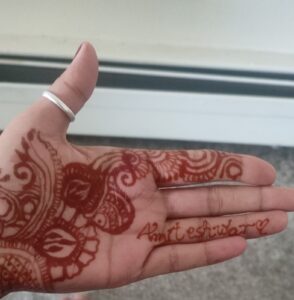

Online Inspiration & Learning
This week, I continued exploring doodling tutorials on YouTube and Pinterest.
-
I really liked a channel called “Doodle With Me” — it breaks down doodle art into simple steps. The only thing I found challenging was the video speed; I had to pause often to follow along.
-
Pinterest, on the other hand, is my new obsession! It’s filled with easy ideas like “doodle borders” and “tiny doodle icons,” which I’m planning to use for my next practice sheet.
- During my first doodle art I really struggled with the type of pens I need to do the finest work. I ended up getting the thick nib which did not give me what I was actually looking for. Thanks to YouTube, I found the following video that helped me to find the exact tools for doodling. However, this video tells about Mandala Art, nevertheless, Mandala is also king of doodling. So yes! it works for me.
Both platforms are helping me not only learn how to doodle but also notice where doodles live around me.
Reflection: Seeing the World Through Doodle Eyes
If second week was about learning doodling’s history, last week was about realizing how present it is in our daily lives. From food packaging to phone apps to cultural traditions — doodles are literally everywhere!
about realizing how present it is in our daily lives. From food packaging to phone apps to cultural traditions — doodles are literally everywhere!
It feels funny to admit, but my eyes only “get doodled” now — I see patterns where I never did before. And that’s the beauty of learning something new; it changes how you see the world.
Next Steps
-
Recreate my version of the McDonald’s doodle bag art.
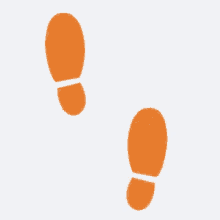
-
Try combining henna-inspired patterns into my doodle pages.
-
Keep exploring Pinterest boards and YouTube for more easy beginner designs.
This week wasn’t just about drawing; it was about observing art in the ordinary.
And honestly, that’s what makes doodling magical — it’s hidden in plain sight, waiting for someone to notice.
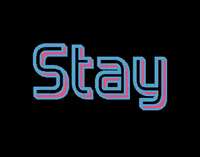 Stay tuned! My next post will include my first attempt at mixing modern doodles with traditional Indian mehndi patterns — let’s see how that goes!
Stay tuned! My next post will include my first attempt at mixing modern doodles with traditional Indian mehndi patterns — let’s see how that goes!

 While scrolling through articles and resources I came across a
While scrolling through articles and resources I came across a  Later, I stumbled on the fact that medieval monks, while copying manuscripts, often filled the margins with strange little creatures, faces, and playful drawings. These “marginalia” were essentially the doodles of their time — proof that even in the most serious of settings, humans couldn’t resist the urge to draw while their minds wandered.
Later, I stumbled on the fact that medieval monks, while copying manuscripts, often filled the margins with strange little creatures, faces, and playful drawings. These “marginalia” were essentially the doodles of their time — proof that even in the most serious of settings, humans couldn’t resist the urge to draw while their minds wandered. And of course, I read how artists like Leonardo da Vinci and Michelangelo sketched freely in notebooks. (Oh my God! Look at his drawing, I must say, he was surely a great artist.) What started as loose scribbles sometimes became the seeds of their masterpieces. That discovery enlightened me — doodling has always been both a playground for creativity and a window into our thoughts.
And of course, I read how artists like Leonardo da Vinci and Michelangelo sketched freely in notebooks. (Oh my God! Look at his drawing, I must say, he was surely a great artist.) What started as loose scribbles sometimes became the seeds of their masterpieces. That discovery enlightened me — doodling has always been both a playground for creativity and a window into our thoughts. But then I came across something interesting
But then I came across something interesting



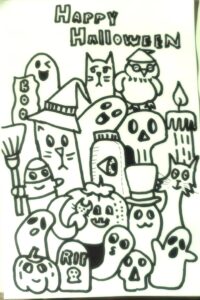
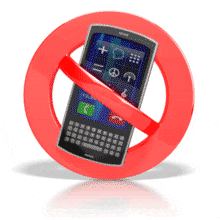 So, I read about this the other day during my last class—at the start of the 2024–25 school year,
So, I read about this the other day during my last class—at the start of the 2024–25 school year, 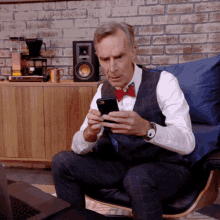
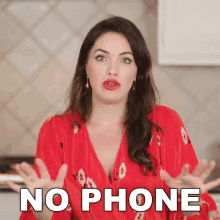 I don’t have experience teaching in Canadian schools, but from my six years teaching grades 9–12 in India, I can tell you phones are a major distraction no matter where you are. Even when phones were banned, students found ways to sneak them in and hide them. And it got worse—some students started recording videos of teachers in class, making funny or mocking clips, and posting them on social media. Can you imagine that? This shows how much misuse is possible and why strict rules can sometimes feel necessary. Our school had to implement regular checks and frisking to make sure students weren’t breaking the rules.
I don’t have experience teaching in Canadian schools, but from my six years teaching grades 9–12 in India, I can tell you phones are a major distraction no matter where you are. Even when phones were banned, students found ways to sneak them in and hide them. And it got worse—some students started recording videos of teachers in class, making funny or mocking clips, and posting them on social media. Can you imagine that? This shows how much misuse is possible and why strict rules can sometimes feel necessary. Our school had to implement regular checks and frisking to make sure students weren’t breaking the rules.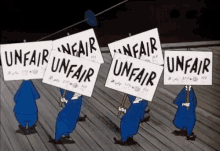 I also watched
I also watched 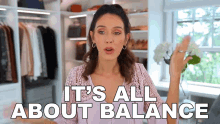 All this makes me think Saskatchewan’s ban is a tricky balancing act. On one hand, it’s great for focus and classroom engagement. On the other, students who are deeply attached to their phones can feel stressed or anxious. From what I’ve read about Canada, most students adapt over time, but some need guidance to manage their digital dependence. The key, I think, is flexibility: allow phones for medical needs or learning purposes, but keep them out of general classroom use. That way, students can stay focused, interact socially, and still maintain a healthy relationship with technology.
All this makes me think Saskatchewan’s ban is a tricky balancing act. On one hand, it’s great for focus and classroom engagement. On the other, students who are deeply attached to their phones can feel stressed or anxious. From what I’ve read about Canada, most students adapt over time, but some need guidance to manage their digital dependence. The key, I think, is flexibility: allow phones for medical needs or learning purposes, but keep them out of general classroom use. That way, students can stay focused, interact socially, and still maintain a healthy relationship with technology.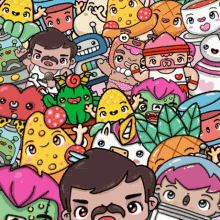
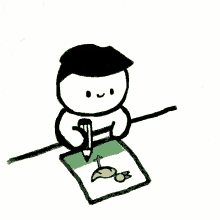
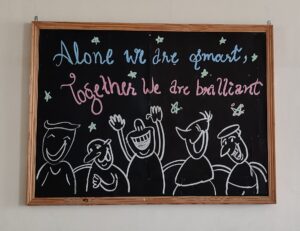
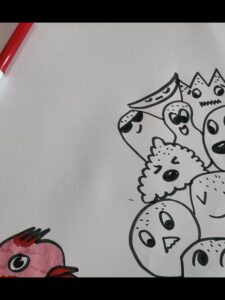
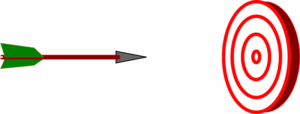 Here’s what I want to do with this project:
Here’s what I want to do with this project: I believe, doodling is more than just “random scribbles.” It’s a mix of art, learning, and fun. It’s something that connects me to my childhood love for drawing, my teaching style, and even my present learning journey.
I believe, doodling is more than just “random scribbles.” It’s a mix of art, learning, and fun. It’s something that connects me to my childhood love for drawing, my teaching style, and even my present learning journey.
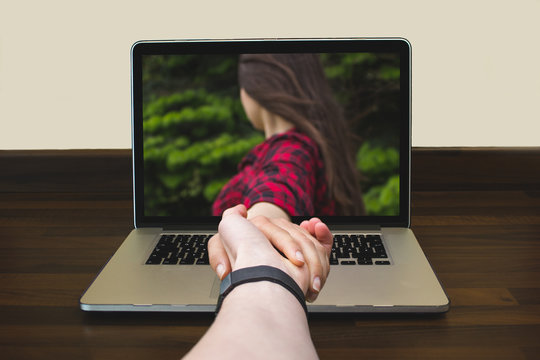
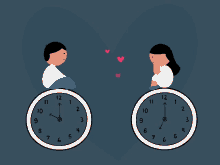 Some of my most personal memories are tied to social media. I used
Some of my most personal memories are tied to social media. I used 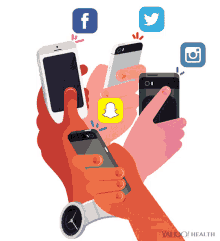
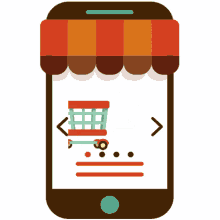 city, I explored so much using YouTube. As well, shopping online become very handy for me, I am not such a shopaholic and does not like to go out much for shopping, so started shopping via
city, I explored so much using YouTube. As well, shopping online become very handy for me, I am not such a shopaholic and does not like to go out much for shopping, so started shopping via 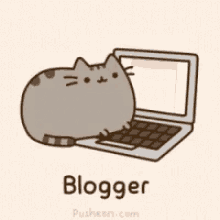 Another highlight of my M.Ed journey was this January, when I learned about blogging for the very first time with
Another highlight of my M.Ed journey was this January, when I learned about blogging for the very first time with  Despite its many benefits, I have to admit that social media can be addictive for me. Whenever I have free time, my instinct is to open Instagram or Facebook and scroll endlessly. I have made resolutions to cut down, but they rarely last. I know that I could use this time more productively—to learn, to grow, or simply to rest—but my reflex often takes over. This is something I am consciously trying to work on.
Despite its many benefits, I have to admit that social media can be addictive for me. Whenever I have free time, my instinct is to open Instagram or Facebook and scroll endlessly. I have made resolutions to cut down, but they rarely last. I know that I could use this time more productively—to learn, to grow, or simply to rest—but my reflex often takes over. This is something I am consciously trying to work on.